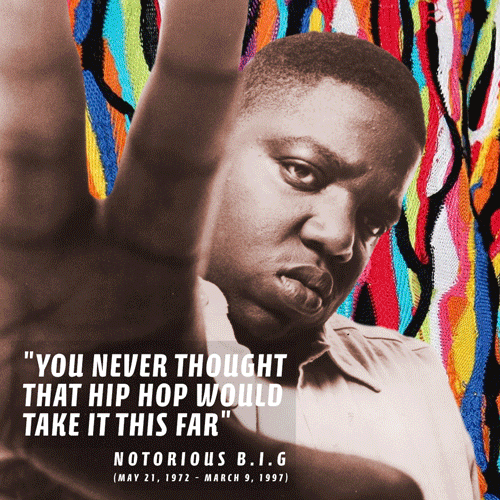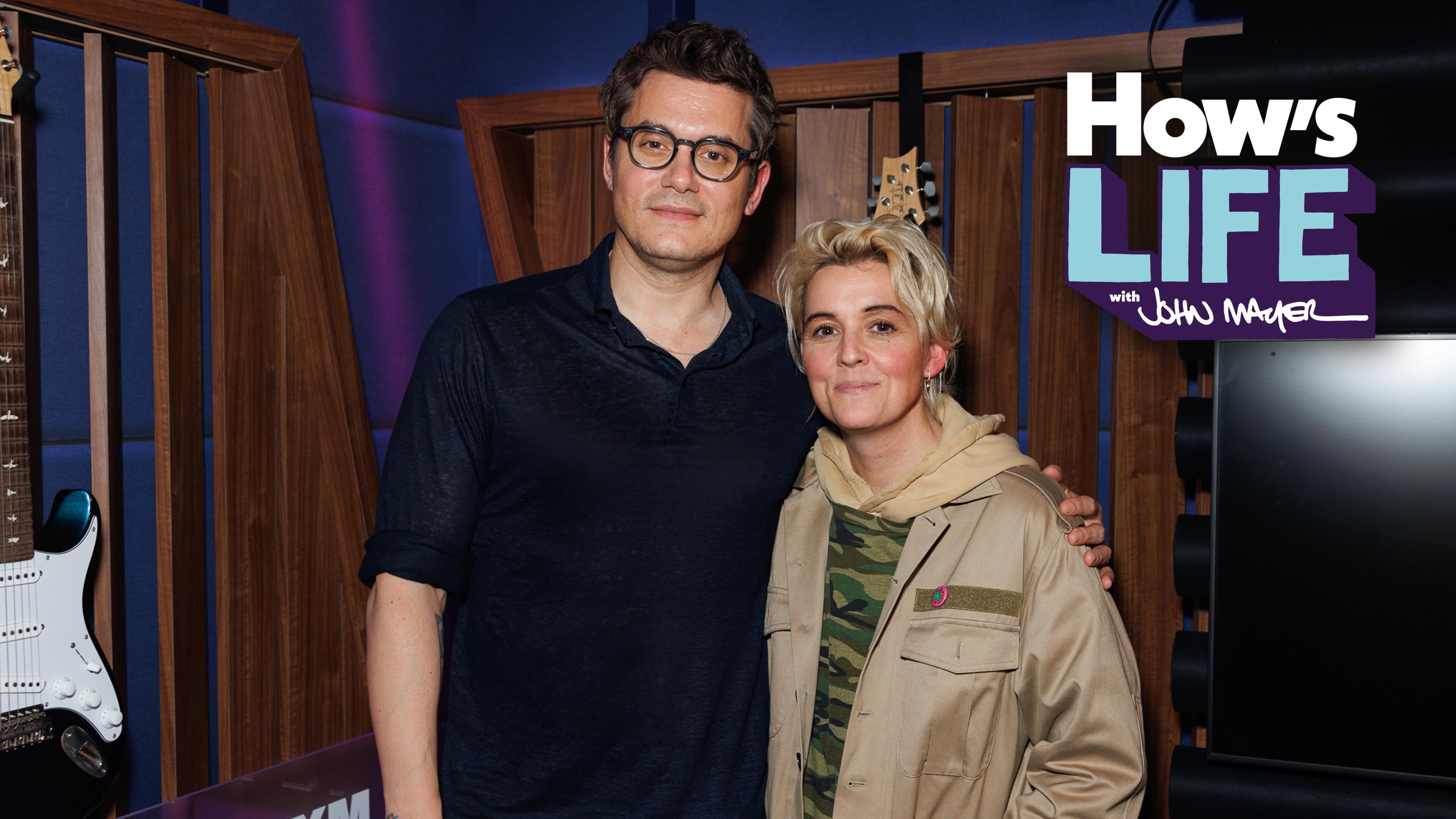Music-versary: Notorious B.I.G. was born on May 21, 1972
Ask anyone to name the five greatest rappers of all time and the Notorious B.I.G. is always near the top of the list. That’s because he was larger that life, not only in stature and name, but also in overall … Continued
 Ask anyone to name the five greatest rappers of all time and the Notorious B.I.G. is always near the top of the list. That’s because he was larger that life, not only in stature and name, but also in overall greatness. Every component that one would look for in a top emcee, he possessed. Delivery, flow, lyrics, amazing storytelling, and charisma — he had it all. Even 19 years after his death, the Notorious B.I.G is still lauded, still idolized, and still beloved by the rap community and millions of fans.
Ask anyone to name the five greatest rappers of all time and the Notorious B.I.G. is always near the top of the list. That’s because he was larger that life, not only in stature and name, but also in overall greatness. Every component that one would look for in a top emcee, he possessed. Delivery, flow, lyrics, amazing storytelling, and charisma — he had it all. Even 19 years after his death, the Notorious B.I.G is still lauded, still idolized, and still beloved by the rap community and millions of fans.
Christopher Wallace a.k.a. Notorious B.I.G. a.k.a. Biggie Smalls, was born and raised in Brooklyn and began selling drugs in his Bedford Stuyvesant neighborhood during his teen years. His love for rap made him give up selling drugs to focus on having his own music career.
It all started with a demo he recorded, which Sean Combs (a.k.a. Puffy, Puff Daddy, and P. Diddy), who was an A&R chief at Uptown Records at the time, got his hands on. After leaving Uptown Records to form his own label, Bad Boy Records, Puffy signed Biggie, and the two forged a friendship, both in music and life.
Biggie appeared on the 1993 remixes of Mary J. Blige’s singles, Real Love and What’s the 411? and was also featured on the soundtrack for the film Who’s the Man with his solo debut single Party and Bullshit. But it was Biggie’s debut album, Ready to Die, released in September of 1994, which made Bad Boy Records one of the most successful rap and R&B labels of the ‘90s and made Biggie Smalls a household name.
The album not only displayed Biggie’s lyrical prowess and vivid, creative allegories, but it also featured powerful, head nodding beats and impeccable production and arrangement. The first single Juicy reached No. 27 on the pop charts and No. 14 on the R&B charts, while Big Poppa climbed to No. 6 and No. 4 on the pop and R&B charts respectively. That same year, The Source crowned Biggie Best New Artist and Lyricist of the Year.
His ultra-smooth track One More Chance/Stay With Me (featuring his wife Faith Evans) which reached No. 1 on the R&B charts and No. 2 on the R&B charts, helped Ready to Die become a crossover hit album and reach No. 15 on the charts. By March 1995, the album was certified platinum by the Recording Industry Association of America (RIAA) and four times platinum by 1999. Other tracks on the album such as Me & My Bitch, Unbelievable, Everyday Struggle, and Machine Gun Funk did not reach the charts, but still became classics to those who loved (and continue to love) the album.
Biggie quickly became one of the most powerful and sought-after rappers in the industry. He collaborated with Michael Jackson on This Time Around from Jackson’s HIStory Past, Present and Future, Book I album, as well as R. Kelly’s (You to Be) Be Happy on Kelly’s self-titled album. The rapper also started Junior M.A.F.I.A., a rap group from his Bed Stuy neighborhood, and later executive-produced Lil Kim’s debut hit album Hard Core.
Biggie’s star status also generated a few enemies, including former friend Tupac Shakur and Marion Suge Knight. The ongoing East Coast-West Coast beef, which began in 1994 after Tupac was robbed and shot at a New York recording studio and publicly blamed Biggie and Puffy for the incident (which both emphatically denied), would eventually escalate.
After trading diss records (Tupac’s Hit Em Up and Biggie’s Who Shot Ya) Tupac was killed in a drive-by shooting in Las Vegas in September of 1996. Inevitably, rumors of Biggie’s involvement began circulating around the industry.
In the midst of all of this, Biggie began working on his sophomore effort Life after Death, but unfortunately would not be able to witness the release of the album or enjoy the eventual success. On March 9, 1997, at only 24 years old, he was shot and killed in Los Angeles while sitting in an SUV after the Soul Train Music Awards. His death, which shook the music world and devastated his fans, remains unsolved to this day.
Life After Death was released in April of 1997, one month after Biggie’s death and debuted at No. 1 on the pop and R&B charts. The remarkable double-disc album, which appears on many greatest rap albums of all time lists, sold nearly 700,000 copies its first week and was eventually certified Diamond with 10 million copies sold.
The album contained many great tracks including Hypnotize and Mo Money Mo Problems, which topped the singles chart, and I Love the Dough, featuring Jay Z and Angela Winbush. Two years later, Born Again, featuring unreleased tracks from Biggie was released, followed by Duets: The Final Chapter in 2005.
In such a short period of time, the Notorious B.I.G. riveted the world with his incomparable flow and luminous rap songs. He set the bar so high that there are not that many rappers who have, or will ever have, the same lyrical depth and stage presence. He is a rap legend who will never be forgotten, will always be revered, and will always reign supreme on best-of lists and in our hearts.
Happy birthday, Biggie!
For a free 30-day trial, check out http://www.siriusxm.com/freeTrial

